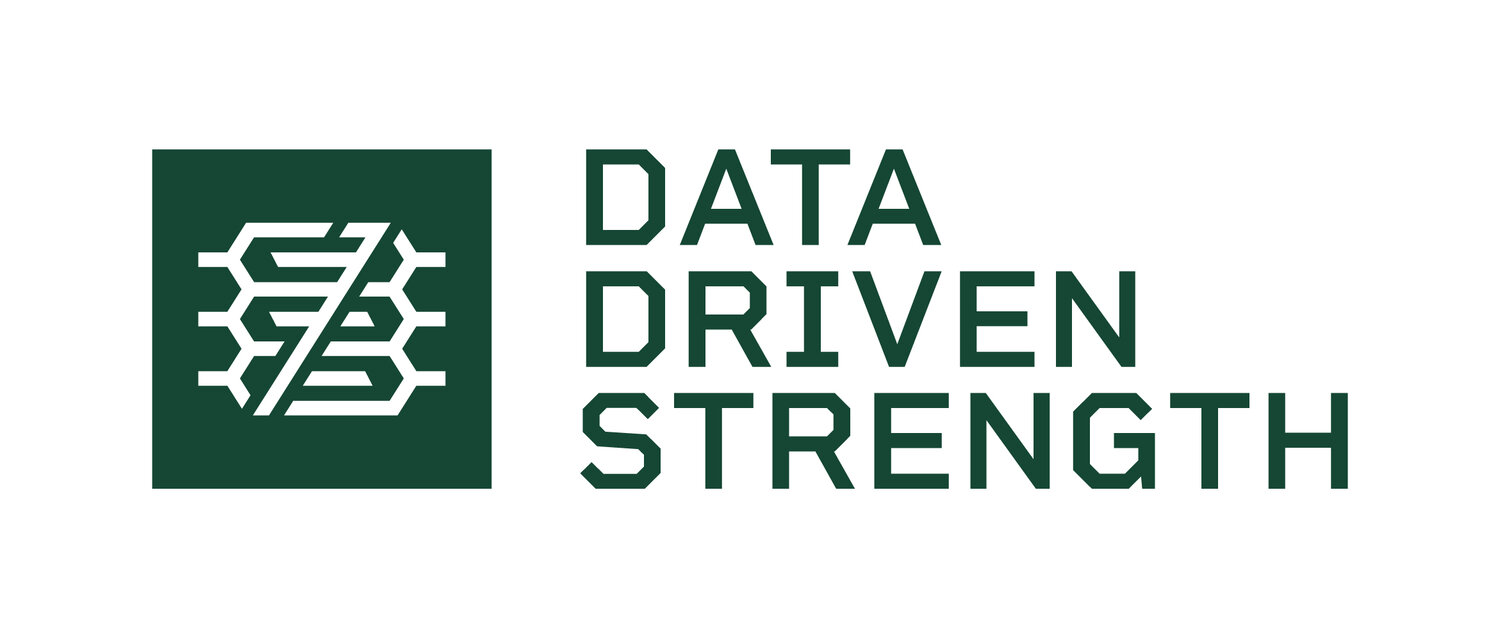Supercharge Your Performance With Primer Sessions
Only have a second? Check out the takeaway below. Have 5 minutes? Check out the rest of the newsletter.
TRAINING TAKEAWAY:
Low volume primer sessions can result in meaningful improvements in neuromuscular performance for up to 48 hours post-exercise. Strength athletes may benefit from a combination of moderate-to-high load (~75-85% of 1RM) and ballistic low-to-moderate load training (~30-60% of 1RM) to maximize short-term performance.
Background
Setting up training to maximize performance is a big part of program design for strength. Modern strength programs manipulate variables like volume, load, and proximity to failure to ensure minimal fatigue entering the highest priority sessions. However, we may improve performance further by carefully structuring the training immediately before these sessions. In this article, we'll cover a recent review paper by Harrison et al. and discuss the application of exercise bouts called "primer sessions."
Defining Primer Sessions
We can operationally define primer sessions as "low volume resistance training sessions designed to elicit acute performance improvements for up to 48 hours." Typically, these sessions fall into two archetypes: A) exposures to moderate-to-heavy loads (i.e., ~75-85% of 1RM) or B) ballistic low-to-moderate load training (i.e., ~30-60% of 1RM with maximal intended concentric velocity). Both archetypes have been shown to improve neuromuscular performance, but understanding the time course of these changes is crucial to optimize their placement within a microcycle (i.e., training week).
Important Considerations of Available Evidence
Of the studies included in the mentioned systematic review, the few that measured strength performance (e.g., 3RM, velocity with loads in the 80-90% of 1RM range) suggest primer sessions improve performance in the 6-24 hours post-exercise window. However, little research on strength outcomes investigates time periods beyond 24 hours. Luckily, there are many studies using other measurements, especially those for muscular power, and these indicate that performance is improved for up to 48 hours post-exercise. These power-related outcomes (e.g., jump height and sprint time) are of less relevance for strength athletes. However, (while acknowledging I’m speculating) some evidence suggests that changes in vertical jump mirror resistance training performance and more "explosive" measures of performance (e.g., early rate of force development) correlate with maximal strength, which may indicate that these outcomes can still provide useful clues for strength athletes.
It’s also important to note that the overall context of the training programs used in most of the research are not entirely relevant to strength athletes as they are typically designed with strength and conditioning for team sports in mind. These programs generally feature less total resistance training volume and the athletes aren’t as strong, both of which could affect the time course observed. That said, the only study to examine the effect of participant strength on the efficacy of primer sessions showed an even larger impact in stronger participants.
Despite these limitations, we can use the below figure to conceptualize how primer sessions may affect performance in the post-training period. Performing a primer session the 1-2 days before a high-priority session (i.e., primary session or competition) seems to be the best evidence-based recommendation for strength outcomes at this time.
Programming Primer Sessions
Based on the limited data, primer sessions seem to follow the principle of specificity— higher load exposures (e.g., ~75-85% of 1RM) seem to benefit strength more than training ballistically with low-to-moderate loads (e.g., ~30-60% of 1RM). However, because there is significantly less evidence investigating the effect of primer sessions on strength outcomes and the low fatigue cost of ballistic training, these approaches can certainly be combined.
In the table, you can see a general outline of the programming strategies I think make sense within a typical microcycle and while tapering for competition. Of course, these recommendations are subject to further individualization to meet the needs of each specific lifter.
Before competition, the principles stay the same, but I prefer to be considerably more conservative. Performing a bit less total volume, using lighter loads, and potentially being even more conservative with the placement of the session (we've had some clients do better with primer sessions 48 vs. 24 hours out from competition) should allow for fatigue to fully dissipate. Below are examples of integrating these concepts into a typical microcyle and taper for the squat.
Summary
Primer sessions seem to improve performance acutely (up to ~48 hours) via a low volume training session. While the data are limited, a combination of moderate-to-high (i.e., ~75-85% of 1RM) and low-to-moderate load training (i.e., ~30-60% of 1RM) may be ideal for strength athletes. These strategies can serve as a starting point for individual-level experimentation on how to best potentiate performance for important sessions.




